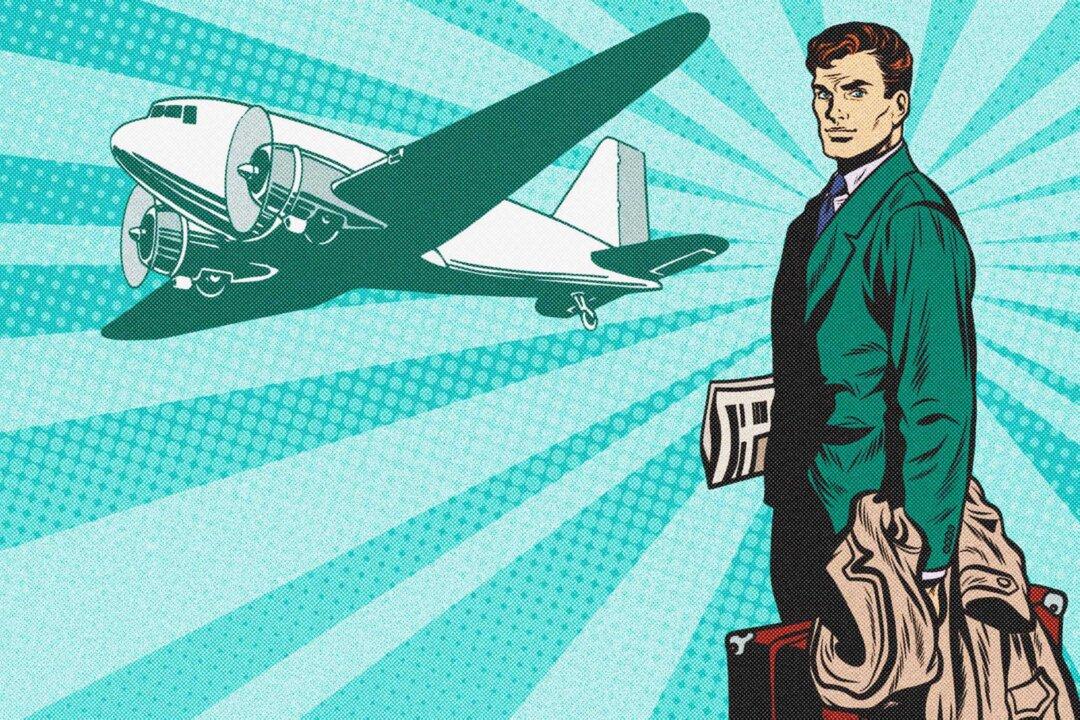Last fall, I was offered complimentary coffee at a nearby shop due to some inconvenient circumstances taking place at my office building. Not one to pass up a free perk when offered, I hopped on over a few times, feeling like I was living in the lap of luxury with my hot drink.
But then one of the baristas made a comment about tips, indicating that he was annoyed I wasn’t contributing anything to his tip jar. Taken aback, I guiltily began forking over some cash for the jar, even though I never thought tipping was a necessity in a coffee shop.
Friske herself has seen tipping demands increase in recent months and agrees that COVID-19 played a role. Because takeout was the only option for many food establishments, she says, customers began leaving the tips normally reserved for sit-down dinners to food establishments of all types as a token of generosity and support during difficult times. But as is so often the case, what begins as a gesture of goodwill soon becomes expected.
“We are such a ‘you-owe-me’ society,” Friske said, acknowledging that the entitlement culture has wormed its way into the demand for tips. “It’s not healthy at all,” for “it takes out the goodness of what other people could do for you,” sucking the joy out of a practice intended to show gratitude for a service well-performed.
Friske, who was accosted for a tip several times recently by the cashier at a coffee shop drive-thru window, says she “would never not tip in an industry that it was expected in.” Tipping at any sit-down restaurant is good etiquette, Friske says, but restaurants in which you pick up your order or bus your own dishes don’t fall in this category.
“A person does not need to feel obligated to tip at a coffee shop,” Friske says. However, she suggests that those who have complicated or large orders should consider doing so out of courtesy and gratitude. And if you’re a shop regular and your barista always has your coffee exactly as you like it at exactly the right time you come in every morning, such service should be rewarded.
Furthermore, Friske recommends tipping for food delivery services, such as pizza or Door Dash. Service workers in hair and nail salons and massage parlors are also individuals who should get a little something extra for their trouble.
We should also be ready to tip while traveling, Friske says, suggesting that it’s always good to bring a collection of small bills along to save yourself from getting in the awkward situation of wanting to tip but only having a $20 bill. Any hotel worker who does a service for you, such as the concierge or the bellhop, should get a few extra dollars depending on the service, as should taxi drivers and valets. Regarding the latter, Friske advises that the tip should go to the valet who returns your car to you, not the person who whisks it away and parks it.
For those who find inflation eating at their pocketbooks, Friske has good news: Such high tip amounts aren’t always necessary. The etiquette of tipping all depends on the time, place, and service. A 15 percent tip is reasonable for a sit-down lunch, Friske explains, while you should expect to give 20 percent for service at a sit-down dinner. Twenty percent is also reasonable for large parties or superior service. In all these situations, however, Friske advises us to make sure the tax is subtracted before figuring out the tip, as restaurants are increasingly likely to include tax when they calculate the tip for you.
What happens if you are in a situation where tipping is expected, but you are given terrible service? Is that a time when you can forego a tip altogether?
There are two schools of thought on this, Friske says. The first is the one her grandparents regularly practiced by choosing to think the best of someone. If they received terrible service, they would tip extra, reasoning that the server was just having a really bad day. Their tip, then, was an attempt to make that day a whole lot better.
The other school of thought is that you “speak through your tip,” still leaving one, but diminishing the amount to 10 or 15 percent of the total bill. Friske advises against this second option, however, if the tipper is one who likes to leave a religious tract along with the tip, as doing so completely counteracts the message conveyed in the tract.
In conclusion, Friske encourages us to remember that tipping is “only as awkward as we make it.” The more we seek to put others at ease and bless them with our tips, the more joy-filled we will find ourselves in a potentially awkward situation.






